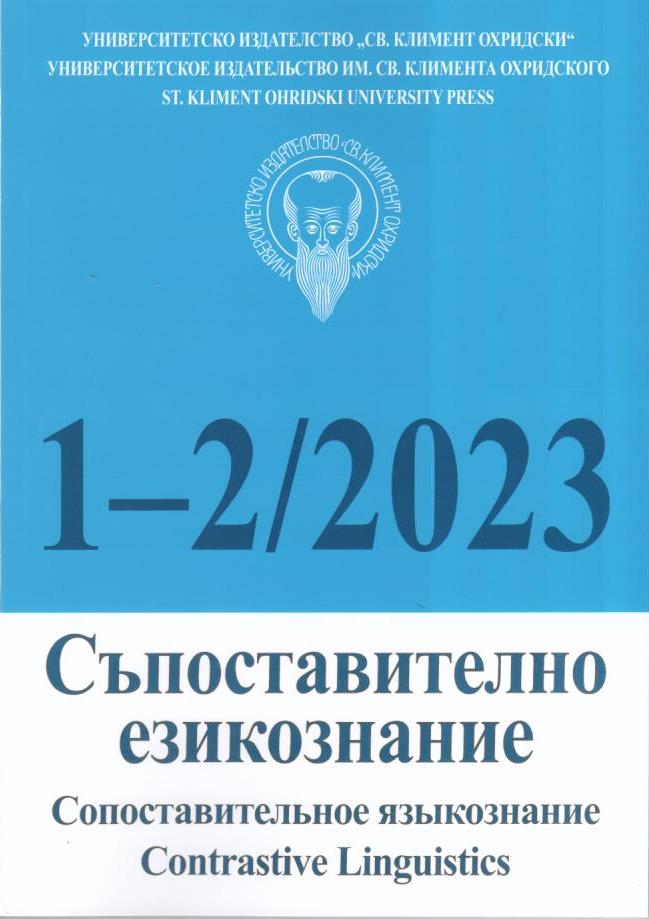The cluster /dr/ in the Balkan languages based on Judeo-Spanish metathesis /rd/>/dr/
The cluster /dr/ in the Balkan languages based on Judeo-Spanish metathesis /rd/>/dr/
Author(s): Iskra DobrevaSubject(s): Language studies, Language and Literature Studies, Foreign languages learning, Theoretical Linguistics, Morphology, Comparative Linguistics, Philology
Published by: Софийски университет »Св. Климент Охридски«
Keywords: Rhotic Metathesis /RD/>/DR/; Language Contact
Summary/Abstract: The present paper approaches the preference of the consonant cluster /dr/ over /rd/ in intervocalic position in Balkan languages, opposing the preference of /rd/ in the majority of European languages, (except Slavic). The preference of intervocalic /dr/ over /rd/ is regarded as Balkan areal feature, based on the specific change of rhotic metathesis in Judeo-Spanish after its separation from the Ibero-Romance continuum. The well-known Judeo-Spanish innovation of rightward metathesis of /r/ in intervocalic cluster /rd/ to /dr/ compared to Spanish, e.g. JS guadrar vs. Sp. guardar ‘to save’, JS akodrarse vs Sp. acordarse ‘to remember’, JS pedronar vs Sp perdonar ‘to forgive’. The frequency of the consonant clusters /dr/ and /rd/ is analysed in texts in Judeo-Spanish, Balkan and few European languages. The obtained results reveal that in Balkan languages /dr/ is more frequent than /rd/, unlike several European languages. Judeo-Spanish resembles the Balkan languages and the intervocalic cluster /dr/ prevails over /rd/ in the analyzed texts. However, in Judeo-Spanish both the innovative and conservative forms co-exist. Language contact is regarded as the main trigger for this long-discussed consonant innovation, distinguishing Judeo-Spanish from Spanish and other Ibero-Romance languages. The same feature also differentiates the Balkan languages from other languages of Europe, yet it is also present in the Slavic languages. Contact with the latter may explain the higher /dr/ frequency in Romanian contrasting with other Romance languages. Further studies are needed to investigate the expansion of the consonant feature in question in Slavic, Balkan and Eastern-Mediterranean languages.
Journal: Съпоставително езикознание / Сопоставительное языкознание
- Issue Year: 2023
- Issue No: 1-2
- Page Range: 15-29
- Page Count: 15
- Language: English
- Content File-PDF

